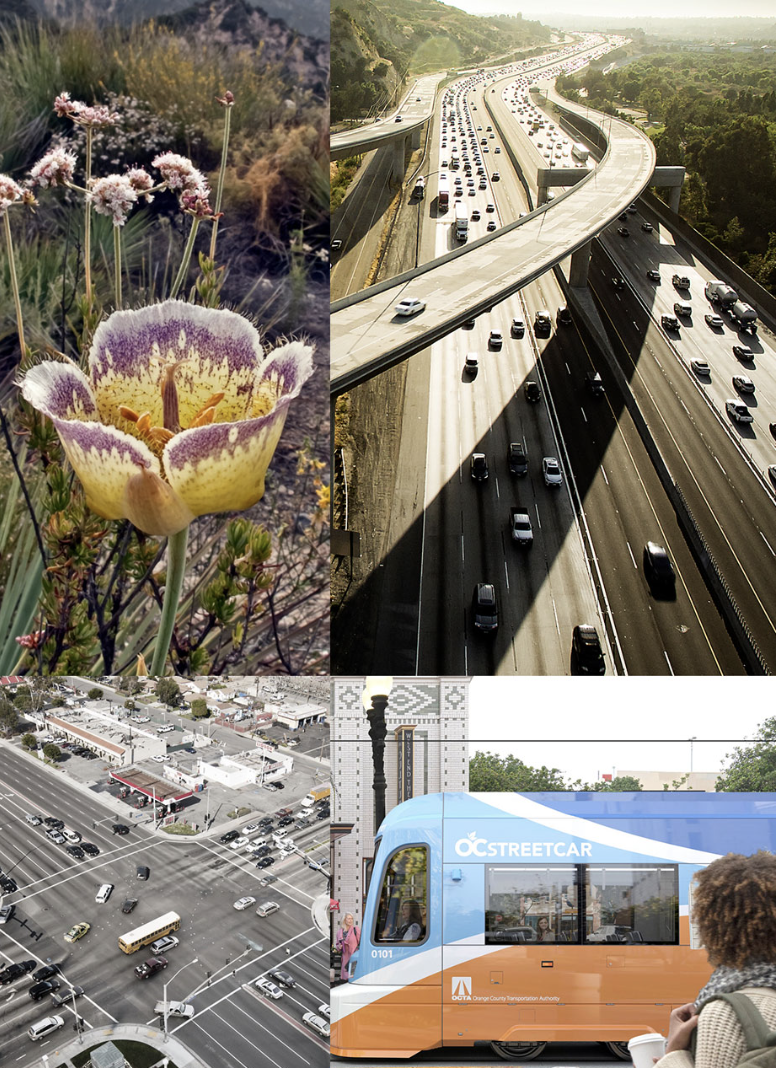Measure M
Next 10 Delivery Plan
Keeping the Promise
The OCTA Board of Directors (Board) approved the Measure M2 (M2) Next 10 Delivery Plan (Next 10 Plan) on November 14, 2016, to set priorities and funding commitments over a ten-year period from fiscal year (FY) 2016-17 through FY 2025-26. This comprehensive and balanced plan was developed to ensure that the promises made in the 30-year M2 Transportation Investment Plan (M2 Plan) can continue to be delivered in concert with changes in economic conditions and revenue projections.
On October 14, 2024, the Board received the 2024 M2 sales tax forecast of $14 billion (through 2041), which reflects a -5.4 percent, or a $800 million decrease from the 2023 forecast. Sales tax collections for FY 2023-24 decreased by 1.8 percent to $431 million, compared to the prior FY. While the Next 10 Plan sets a course for accelerated delivery through FY 2033-34, it also ensures that the entire M2 Plan of projects and program commitments can be delivered through 2041.
On November 12, 2024, the Board approved the 2024 Next 10 Plan that spans FY 2024-25 to FY 2033-34. The intent to shift the timeframe is for the Next 10 Plan to be a living document with delivery timeframes shifted every two years to ensure revenue and project information stay current. As a result of OCTA’s strategic planning to date, the 2024 update continues to demonstrate that the M2 Plan remains deliverable.


M2 Timeline
Since the approval of M2, the OCTA Board has continued to advance implementation of M2 through the adoption of a series of early delivery plans. These early delivery plans are designed to ensure the delivery of all projects and programs through 2041 as promised to the voters. These plans also bring transportation improvements earlier to residents and commuters of Orange County, and, as appropriate, address fluctuations in sales tax revenue projections.
Five-Year Early Action Plan (EAP)
Adopted in 2007
Completed in 2012
M2020 Plan
Adopted in 2012
Intended to go through 2020, but was cut short due to a decrease in sales tax revenue.
Next 10 Delivery Plan
Originally adopted in 2017
Revised timeframe to 2025 to 2034.
Next 10 Plan Deliverables
To help improve mobility in Orange County over the next ten years, the deliverables are categorized by mode below. The progress of the Next 10 Plan will be reported every quarter as part of the M2 Quarterly Report.

Freeways
- Deliver 13 freeway projects through construction.
- Prepare remaining three freeway improvement projects for delivery.

Streets and Roads
- Provide annual competitive funding opportunities for local jurisdictions to address bottlenecks and gaps in the street system, synchronize signals, and continue flexible funding to local jurisdictions to preserve the quality of streets or for use on other transportation needs, as appropriate.

Transit
- Maintain Metrolink service.
- Complete construction, secure vehicles, begin operating the OC Streetcar; work with local jurisdictions to consider recommendations from planning studies to guide development of future high-quality transit connections.
- Support expanded mobility choices for seniors and persons with disabilities.
- Work with local jurisdictions to maintain successful community circulator projects and potentially provide grant opportunities for expanded or new local transit services.
- Continue to improve the top 100 busiest transit stops to enhance the customer experience.

Environmental
- Ensure the ongoing preservation of purchased open space which provides comprehensive mitigation of the environmental impacts of freeway improvements and higher-value environmental benefits in exchange for streamlined project approvals.
- Work with the Environmental Cleanup Allocation Committee to develop the next tiers of water quality programs to prevent the flow of trash, pollutants and debris into waterways from transportation facilities. In addition, focus on improving water quality on a regional scale that encourages partnerships among the local agencies as part of the Environmental Cleanup Program.